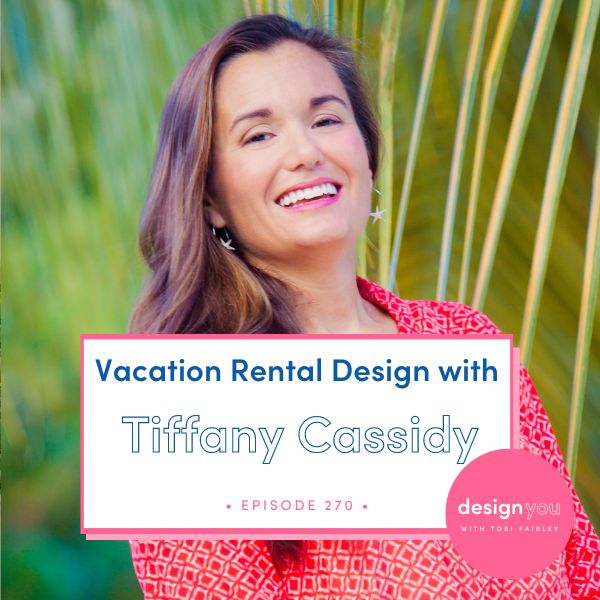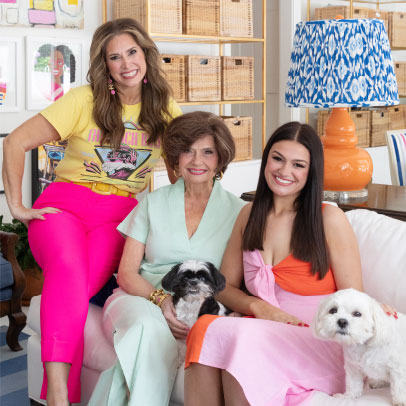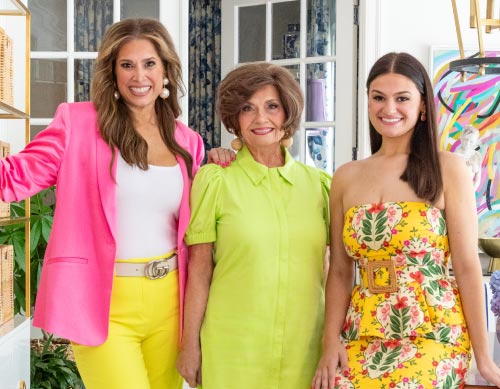
This week, we’re turning our attention back to the vacation rentals business. I’ve worked with today’s guest for a long time, and she’s a rockstar. She’s been designing luxury vacation homes and commercial spaces in the US Virgin Islands since 2002, helping her clients create personal luxury residences and remodel vacation homes to maximize their return on investment.
Tiffany does amazing work and I love her attitude when it comes to business. She has super valuable and unique insights into the vacation rental space. Whether you’re listening because you think it sounds glamorous and fun, or you’re wanting to dip your toe into the short-term rental market, you need the expertise and resources Tiffany is sharing.
Tune in this week to discover everything you need to know about vacation rental design. Tiffany is discussing why you can’t get a good ROI without spending money in the right areas, how she deals with clients when she thinks they’re underbudgeting, how she finds her ideal clients, and what you need to keep in mind if you’re considering refocusing on vacation rental design.
Fairley Fancy is officially open for business! Click here to check it out. Follow Fairley Fancy on TikTok and Instagram to follow along with the launch, stay up to date with details of giveaways, and all the good stuff.
If you’re an interior designer or creative looking to up-level your business, I have something for you. It’s my Build a Better Business Guide. Burnout, undercharging and the feast and famine cycle are rampant in the design industry but there’s a better way to run your business. Click here to get my manifesto and guide that will have you on your way to a business with more ease, more joy, and more money.












